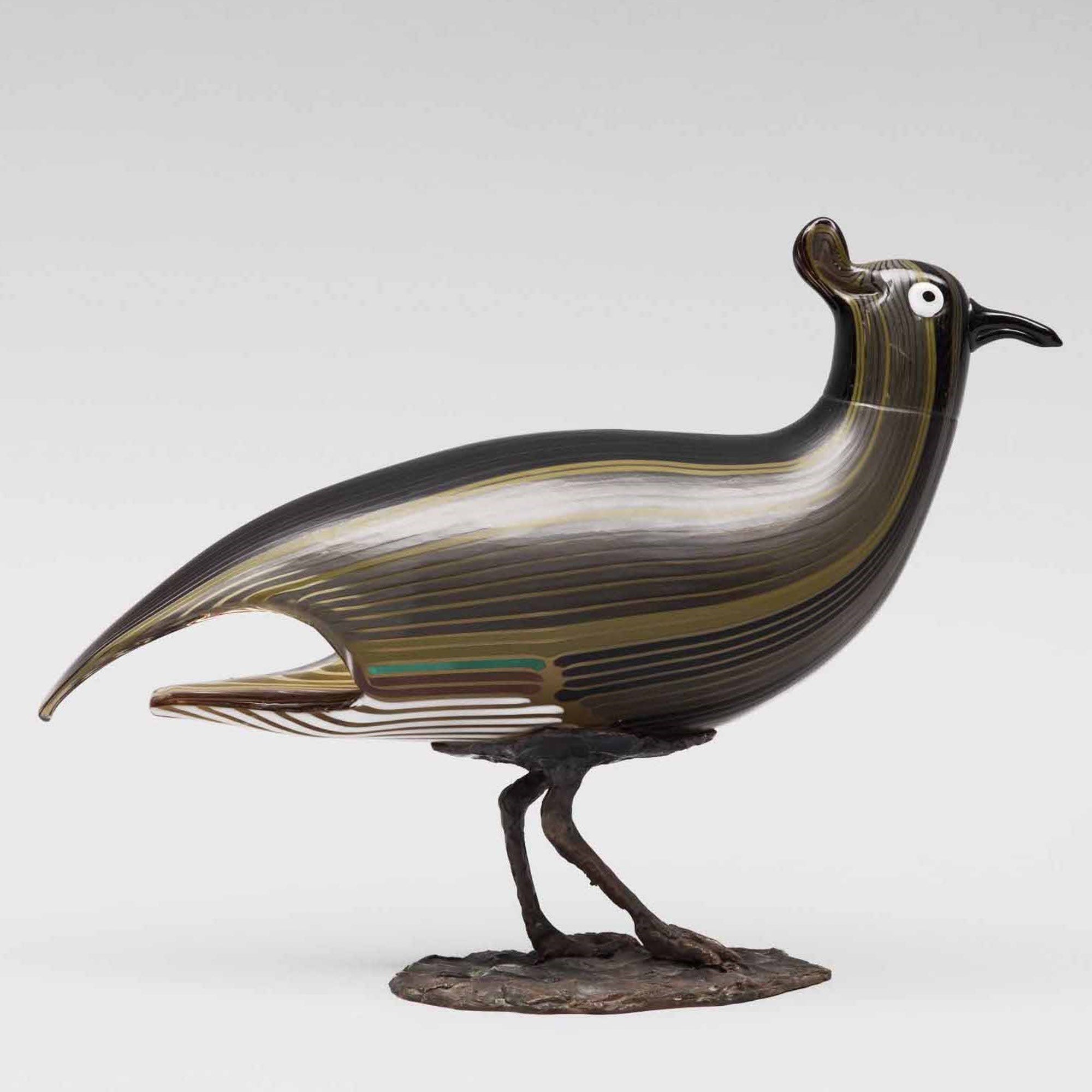"How do I recognise authentic Murano Glass?" .
"Is this authentic Murano Glass?" .
We often get asked those questions and have already dealt with this subject in the article « A Guide to original Murano Glass » or even in our FAQs page.
But we want to start the new year remembering you how to recognize original Murano glass from the numerous imitations out there.
The problem with imitation
While imitation may be the sincerest form of flattery, it can result in a challenge and a frustration to those new to collecting any form of antiques or art. The simple truth is that as soon as a product becomes famous, unless it is somehow possible to protect it, the chances are it will soon be copied.
In fairness, sometimes this is legitimate, for example modern furniture which is openly sold as reproductions of antique styles. In some cases, however, it is a straightforward attempt to deceive. Copies of Murano pieces can be spotted by observation, particularly with the help of experience, but this can be more of a challenge on the net, particularly if the photographs show a real Murano piece but the item sent is a copy.
Beginners Are Best to Stay With Reputable Suppliers
The beauty of Murano glass is obvious at a glance, but it takes a bit more study and practice to learn to recognize its unique technical characteristics – the skill behind the art. There is a lot of information about this online and in books and it is strongly recommended to visit at least one museum to gain a broader understanding of the topic. While beginners are still in the early stages of the learning process, by far the safest approach is to stick to reputable suppliers.
This not only provides a guarantee that the work is genuine (if it's modern Murano they may even know the supplier), but can provide a good opportunity to learn more about the practicalities of collecting. In the early stages, your collection may well be covered under your home policy although items may need to be listed separately, but as your collection grows, you may find it appropriate to look at more specialist insurance options.

The Next Step Is to Learn About Labels
First of all you need to understand the difference between a label and a certificate of authenticity.
A certificate of authenticity is a statement from a reputable party that the piece in question is genuine . Often they are issued by production houses, particularly if the piece is part of a limited edition run.
Unfortunately it's relatively easy for fraudsters to create certificates of authenticity using simple computer software and home printers, which means that unless you are confident in your supplier, they need to be treated with caution. If you can see the certificate then you can try photographing it and asking for a second opinion. If the seller objects, then that is probably a good sign that you should walk away from the item.
Labels are issued as standard with all modern pieces, although unfortunately they can become detached from the item through age or bad storage choices. Those who are seriously interested in learning about Murano glass are well advised to learn how to recognize these labels so that they can identify any discrepancies which could indicate that a label was forged.
Learn to Use Your Eyes (And Hands)

The key point to remember about Murano glass is that it is produced by hand .
This means that it is noticeably lighter than its mass-produced counterparts and particularly the very heavy Chinese glass often used to create counterfeit Murano products.
It's also worth remembering that mass-produced glass tends to come in one, thick, layer, whereas the hand-blown glass used in genuine Murano creations usually has several layers.
Another key pointer is that the hand-blown glass will have a mark called a pontil mark , usually found on the base. This is where the glass blower has released the metal rod which they used to shape the glass. If the base of a piece is completely smooth, then there is a definite possibility that it is mass-produced and therefore a copy.
These are the most basic pointers as to when alarm bells should start ringing about the authenticity of a piece. There are others, but ultimately they all boil down to the fact that the only way to get Murano quality is to invest in high-quality materials and the very best of craftspeople.
This is simply impossible to recreate in a mass-production environment so if something looks like it falls below the standards you'd expect from genuine Murano, then the chances are it's a copy.
- Melissa Cromwell for MuranoNet




7 comentarios
Amy young
If I have a pair of glass hurricanes with “Gumps made in Italy” stickers could they be murano?
Susan Platt
I am trying to determine if the glass piece I own is Murano. Is there a way to send photos and other facts about this piece so it can be evaluated by a Murano expert?
Thanks.
Dejar un comentario
Todos los comentarios se revisan antes de su publicación.
Este sitio está protegido por hCaptcha y se aplican la Política de privacidad de hCaptcha y los Términos del servicio.